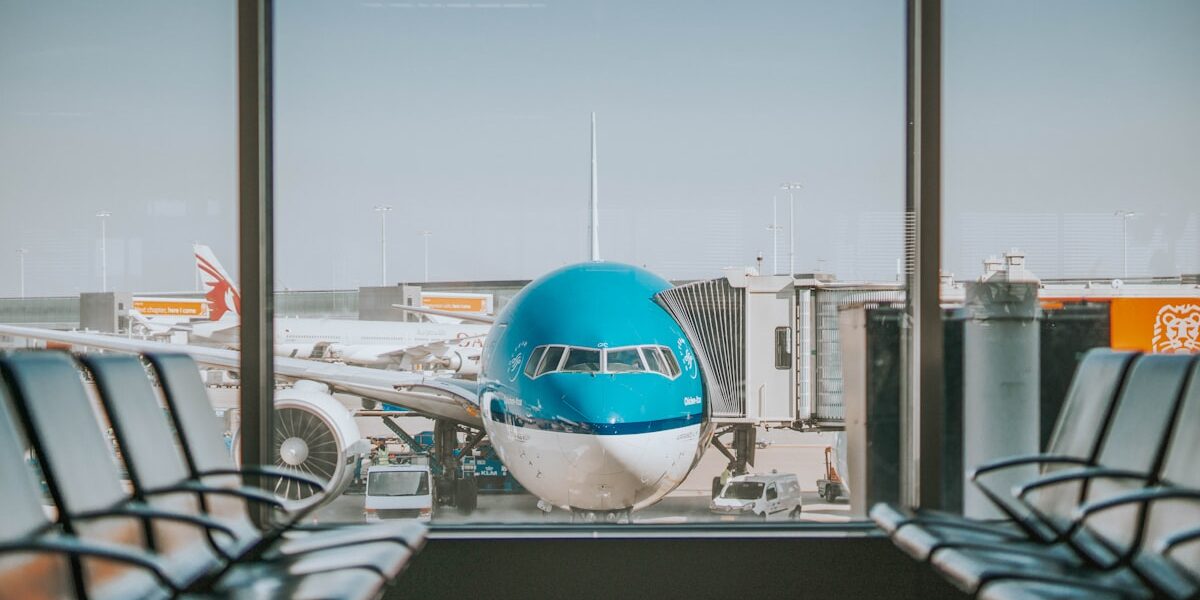Introduction to Oregon’s Airports
Oregon hosts a range of airports, from large international hubs to small regional fields. These facilities play a crucial role in connecting communities, fostering business, and supporting tourism. Each airport in Oregon offers different services to accommodate various travelers’ needs.
Portland International Airport (PDX)
Portland International Airport, known as PDX, is the largest and busiest airport in Oregon. Serving as a hub for domestic and international flights, it handles millions of passengers annually. PDX offers nonstop flights to numerous destinations in the United States and overseas, including Europe and Asia. The airport is known for its efficient service, traveler-friendly amenities, and unique carpet pattern that has become a minor cultural icon.
The airport complex includes various dining options featuring local businesses and cuisine. Passengers can enjoy a range of shops, from local artisan boutiques to popular national retailers. PDX is located about 20 minutes from downtown Portland, easily accessible by car, taxi, or public transit via the MAX light rail system.
Eugene Airport (EUG)
Eugene Airport, also known as Mahlon Sweet Field, is the second busiest airport in Oregon. It serves the Eugene/Springfield area and the Southern Willamette Valley. Primarily a domestic airport, it offers direct flights to several major cities across the United States. Airlines operating at EUG include Alaska, United, Delta, and American Airlines.
Though smaller than PDX, Eugene Airport provides travelers with essential amenities. These include dining facilities, shops, and comfortable waiting areas. The airport is about 15 minutes by car from Eugene’s downtown, with access via several major highways. Parking options are available for short-term and long-term stays. Ride-share and taxi services provide additional connectivity to the city center.
Redmond Municipal Airport (RDM)
Redmond Municipal Airport, known as Roberts Field, serves Central Oregon, including Bend, Redmond, and the surrounding areas. The airport is a regional hub, offering flights by major carriers to destinations primarily on the West Coast. Common routes include connections to Portland, Seattle, San Francisco, and Denver.
RDM has undergone recent renovations focused on expanding and modernizing its terminal facilities. Travelers at Redmond will find convenient amenities, including food and beverage services, comfortable seating, and Wi-Fi access. The airport is located a few miles from downtown Redmond and about a 20-minute drive from Bend. Car rental services are available on-site, providing easy access to outdoor recreational opportunities in Central Oregon.
Medford Airport (MFR)
Rogue Valley International-Medford Airport is a key travel hub in Southern Oregon. It primarily serves the cities of Medford and Ashland, as well as surrounding regions. MFR has an international designation due to its customs facilities, although it primarily handles domestic flights. The airport connects the area with major western and central U.S. cities.
The airport’s terminal offers essential services and amenities, including dining options, car rentals, and parking facilities. Medford Airport supports economic activity in Southern Oregon, providing easy access for tourists and business travelers alike. It’s located just minutes from Medford’s city center and is a gateway to the cultural and natural attractions of the region.
Midsize and General Aviation Airports
- Salem Municipal Airport (SLE): Primarily serving general aviation, this airport provides services for smaller aircraft. It plays a vital role in local aviation and supports several charter and private flights.
- Hillsboro Airport (HIO): Located near Portland, HIO handles significant general aviation traffic. It’s a training ground for many pilots and home to an annual air show.
- Klamath Falls Airport (LMT): Southern Oregon’s other airport with a military presence, as it’s home to Kingsley Field Air National Guard Base. It supports both commercial and military operations.
Role in the Community and Economy
Oregon’s airports are crucial for economic development and connectivity. They facilitate trade, tourism, and investment in the state. Airports provide jobs and generate economic activity both directly and indirectly. Enhancements in airport infrastructure can lead to increased business opportunities and improved regional development.
Community engagement is often part of the airports’ operations. Environmental considerations are a focus for many airports, with programs aimed at minimizing carbon emissions and reducing noise pollution. Airports also play a role in emergency response planning and community safety initiatives.
The Future of Oregon Airports
The state’s airports are committed to growth and modernization projects. These include expanding terminals, upgrading runways, and enhancing passenger facilities. Such projects aim to accommodate increasing passenger numbers and evolving aviation technology. Improved and expanded transportation options, such as increased public transit connections, are also part of the long-term plans.
Air travel dynamics continue to change with technological advancements and environmental concerns. Oregon airports are adapting by implementing sustainable practices and exploring new aviation technologies. This ensures they remain vital to the state’s infrastructure for years to come.




Subscribe for Updates
Get the latest articles delivered to your inbox.
We respect your privacy. Unsubscribe anytime.